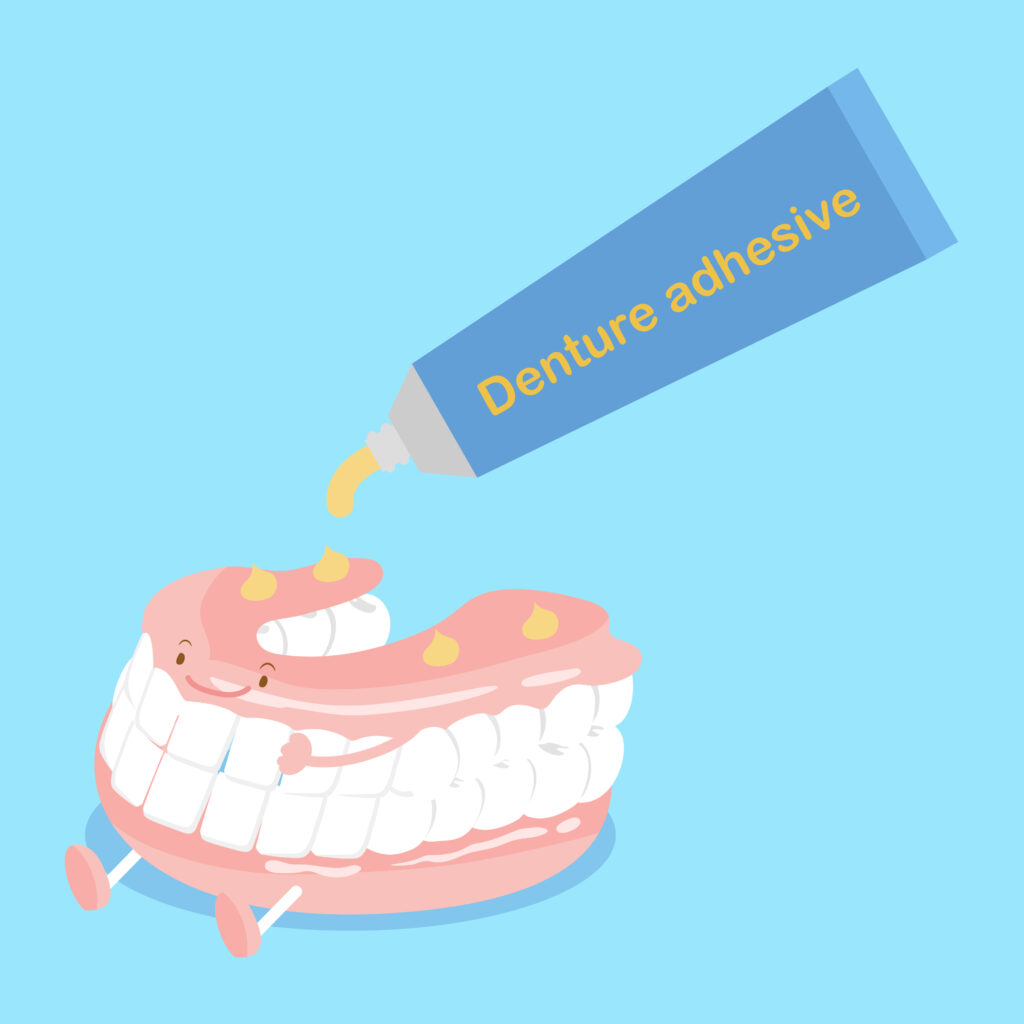
Though your dentures are custom-made to ensure they fit you securely, over time they can begin to lose their shape. This in turn can make it difficult for them to stay in place while you eat or speak, causing frustration and embarrassment. Thankfully, this is where denture adhesives can come in handy. Though slipping dentures can be a sign that it’s time for a reline or replacement, these products can be extremely useful in helping them stay put temporarily.
Here’s a guide to the different types of denture adhesives available, how to use each one, and why it may be time for new dentures.
(more…)